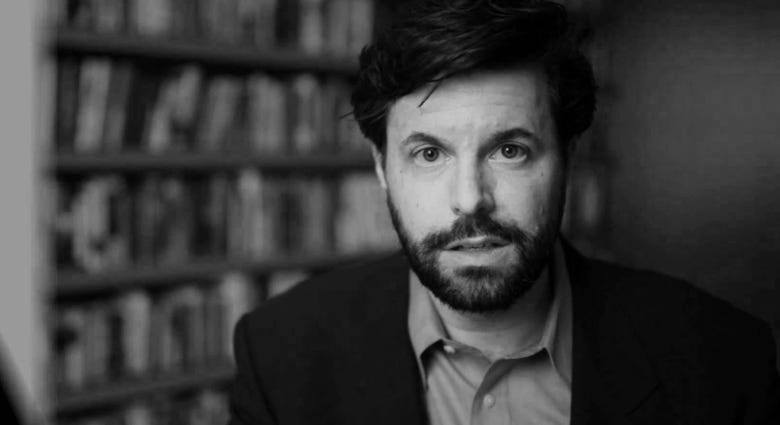Craving & Control: Understanding the Engine of Your Habits According to Charles Duhigg
Nearly half of our daily actions aren't conscious decisions but rather ingrained habits. These routines form an invisible architecture governing how we live, work, and interact with the world. Charles Duhigg, in his groundbreaking book "The Power of Habit," pulls back the curtain on this architecture, revealing the science behind how habits are formed, broken, and, most importantly, changed. Understanding the engine driving these automatic behaviors is the first step towards reclaiming control over your choices and your life.
The Fundamental Habit Loop
At the core of every habit lies a simple, three-step neurological pathway: the Habit Loop. This loop is the blueprint our brains follow on autopilot.
It begins with a Cue – a trigger that tells your brain which habit to use. Cues can be anything: a time of day, a location, a specific emotion, other people, or the immediately preceding action.
Next is the Routine – the behavior itself, which can be physical, mental, or emotional. This is the most obvious part of the habit, the action you perform.
Finally, there is the Reward – something your brain gets that helps it remember the loop and decide whether it's worth repeating in the future. The reward could be a feeling of accomplishment, a rush of pleasure, a moment of relaxation, or the cessation of a negative feeling.
Over time, as the brain repeats this loop, it becomes more automatic, less effortful, and eventually, a habit is solidified.
Craving: The Engine That Locks Habits In
While the Habit Loop explains the structure, it's the concept of Craving that truly explains the power and persistence of habits. Duhigg highlights that the reward isn't just a pleasant endpoint; it's the *anticipation* of the reward – the craving – that fuels the loop and makes habits feel compulsive.
This craving is powered by neurological signals, often involving dopamine, that tell our brains to pay attention, anticipate the outcome, and drive us to execute the routine to get the expected reward. The cue doesn't just trigger the routine; it triggers a craving for the reward. The habit exists not because you consciously decide to do it, but because the cue makes you crave the feeling the reward provides.
Understanding craving is critical because it explains why fighting habits directly by willpower often fails. The craving is a powerful, often subconscious drive. Modern technology, social media platforms, and mass media have become incredibly sophisticated at engineering these cravings, using cues and variable rewards to capture our attention and influence our behavior on an unprecedented scale.
The Golden Rule of Habit Change
Since cravings are so potent, Duhigg argues that the most effective way to change a habit isn't to eliminate the craving or the cue, but to keep the cue and reward and change the routine in between. This is the Golden Rule of Habit Change.
"You can't extinguish a bad habit; you can only change it."
By identifying the cue that triggers the unwanted habit and the reward you are actually craving, you can experiment with substituting a new routine that provides a similar reward. This leverages your brain's existing wiring, making the change more sustainable than simply trying to suppress the old behavior.
Keystone Habits: Sparking Widespread Change
Some habits have an extraordinary impact, triggering ripple effects that create widespread positive changes across different areas of your life. Duhigg calls these Keystone Habits.
Identifying and nurturing a keystone habit can lead to improvements in productivity, financial management, well-being, and more. Examples often include exercise, making your bed each morning, or keeping a food journal. These habits install small wins, create structures, foster self-discipline, and shift identities in ways that make other good habits easier to adopt and bad habits easier to discard.
Reclaiming Your Agency
Understanding the Habit Loop, the power of craving, the Golden Rule of Habit Change, and the impact of keystone habits isn't just about personal development tips. It's about understanding the fundamental forces shaping nearly half of your existence. It's about recognizing when you're on autopilot and understanding *why*.
By dissecting the architecture of your own habits – identifying cues, understanding routines, discovering the true rewards you crave, and experimenting with new routines – you can begin to rewrite your own script. It's about reclaiming your agency in a world often designed to put you on autopilot.
For a deeper dive into these concepts and how they manifest in daily life, you can explore discussions like the one found here:
Understanding the engine of your habits is the first step towards taking the wheel.



